Tariffs at the Crossroads: Trump’s Deficit Strategy Collides With Courts and Inflation Fears
Input
Changed
Trump Trade Advisor: “If Tariff Policy Is Overturned, America Is Finished” Massive U.S. Fiscal Deficit Covered by Tariff Revenues? Tariff-Driven Inflation Intensifies, ‘Sneakflation’ Fears Spread
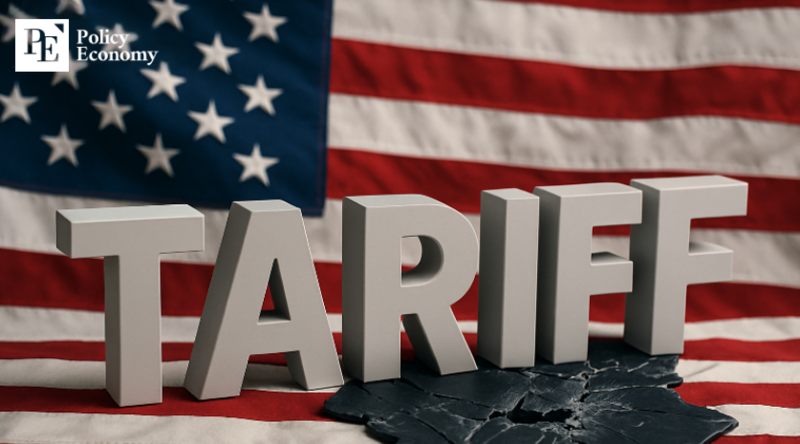
A senior U.S. trade official issued a stark warning that America would be “finished” if tariff policy were struck down. The remarks came after a U.S. court ruled that tariffs imposed under the International Emergency Economic Powers Act (IEEPA) were unlawful, effectively challenging the Trump administration’s trade agenda. The official’s sharp response underscored the administration’s belief that tariff revenues are a critical tool for addressing the country’s massive fiscal deficit.
Trump’s Tariff Policy Faces Legal Setback
According to CNBC on July 31 (local time), Peter Navarro, White House trade advisor to President Donald Trump, strongly criticized a recent federal appeals court ruling during an appearance on Fox News. “This decision was the worst example of weaponized partisan injustice—it was like watching politicians dressed in robes,” Navarro said. “If we lose this case, as President Trump warned, it will be the end of America.”
On July 29, the U.S. Court of Appeals for the Federal Circuit ruled by a 7–4 margin that reciprocal tariffs imposed under the International Emergency Economic Powers Act (IEEPA) were unlawful. The court noted that while a presidential declaration of a national emergency grants significant authority, “none of those powers include imposing tariffs or taxes.” Earlier in May, the U.S. Court of International Trade had already barred the reciprocal tariffs on similar grounds, prompting the Trump administration to appeal.
The latest ruling applies not only to reciprocal tariffs but also to four additional measures introduced by Trump—tariffs justified by fentanyl inflows from China, Canada, and Mexico, as well as retaliatory tariffs on Chinese goods. However, the appeals court delayed enforcement of its decision until October 14, giving the administration time to seek a further appeal.
Trump Administration’s Fiscal Deficit Strategy
The administration’s sharp backlash against the court ruling stems from its view that tariffs are a “key lever” for reducing the federal deficit. On July 23, the Congressional Budget Office (CBO) estimated that if current tariff measures remain in place, the U.S. federal deficit could shrink by $3.3 trillion over the next decade, while interest payments on federal debt would fall by $700 billion. These figures marked an upward revision from its June projection of a $2.5 trillion reduction in deficits and $500 billion in lower interest costs.
According to the U.S. Treasury, federal debt currently stands at about $37.18 trillion—up from $36 trillion at the end of last November, climbing by more than $1 trillion in less than eight months. On top of that, the recently passed One Big Beautiful Bill Act (OBBBA)—a sweeping legislative package reflecting President Trump’s campaign pledges and core policy goals—is expected to add another $3.4 trillion in deficits over the next 10 years. The urgency for new revenue streams has therefore grown.
The problem, however, is that tariff revenues have not kept pace with the ballooning costs. In the first 10 months of the current fiscal year, the U.S. collected $135.7 billion in tariffs, up 116% from a year earlier. Yet over the same period, federal spending surged even faster: Medicare and Medicaid costs rose by $141 billion, Social Security benefits by $108 billion, and interest payments on public debt by $57 billion. In effect, tariff revenues have fallen far short of offsetting the government’s soaring expenditures.
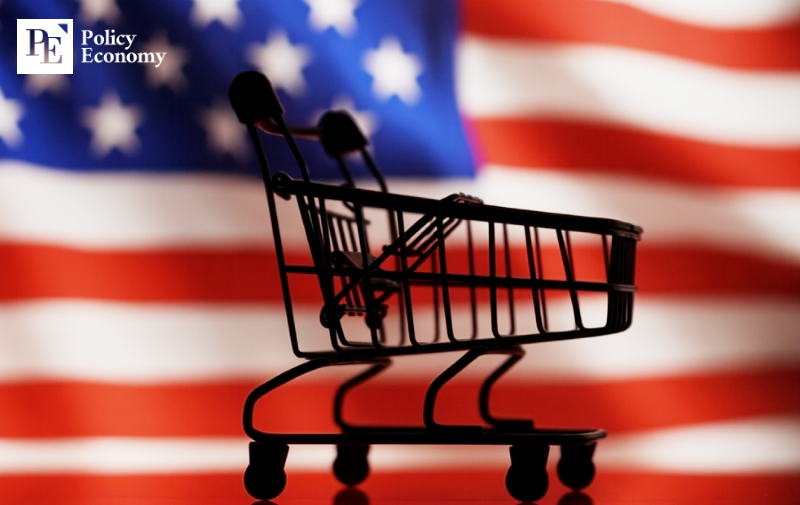
The Shadow of ‘Sneakflation’ Over the U.S.
Another concern is that tariffs have reignited inflationary pressures in the United States, fueling what analysts describe as “sneakflation.” The term refers to a gradual price increase that is passed along the supply chain—from businesses to distributors to consumers—so subtly that households only feel the burden over time. Unlike a sudden shock, it is an invisible form of inflation that steadily erodes purchasing power.
Experts warn that this creeping inflation will intensify. On July 10, Goldman Sachs reported that while consumers bore about 22% of tariff costs as of June, the figure could surge to 67% by October. A Harvard Business School research team also found that, as of early July, prices of imported goods had risen an average of 5% compared with pre-tariff levels, while domestic goods were up 3%. Alberto Cavallo, who led the study, told CNN: “The effect doesn’t show up right away. It unfolds gradually over one to two years, and only later do consumers ask themselves, ‘When did everything get this expensive?’”
The trend is also evident in official data. According to the U.S. Department of Labor, the Producer Price Index (PPI) in July rose 0.9% from the previous month—well above Wall Street’s forecast of 0.2% and the steepest increase since June 2022. Even excluding volatile categories such as food, energy, and trade services, the core PPI rose 0.6%, the largest gain since March 2022. One market analyst commented: “If the Trump administration wants to justify its tariff policy, it must act quickly to ease the cost burden on consumers and businesses. Market volatility may be unavoidable in the near term, but at the very least, efforts are needed to ensure a soft landing.”

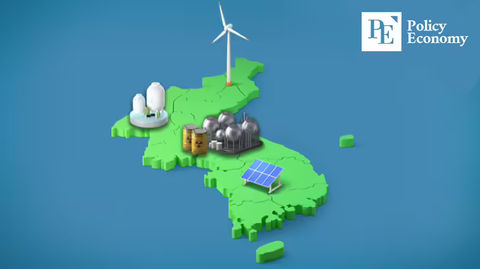
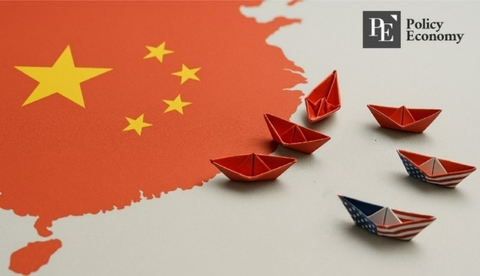

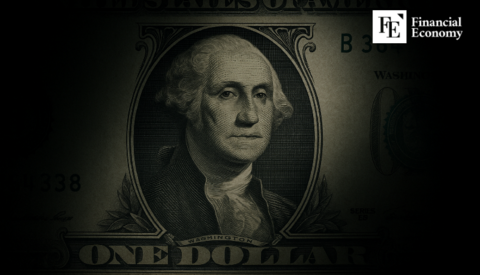

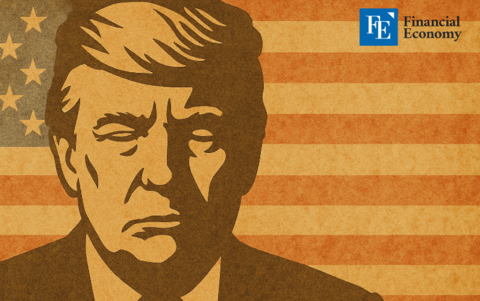

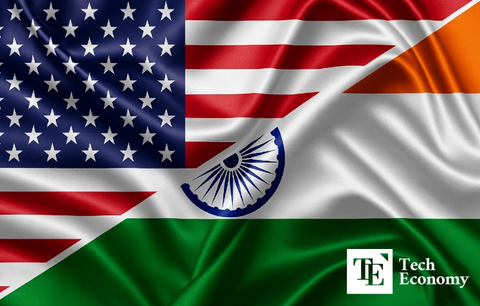
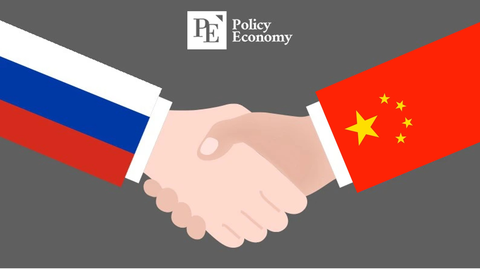












Comment